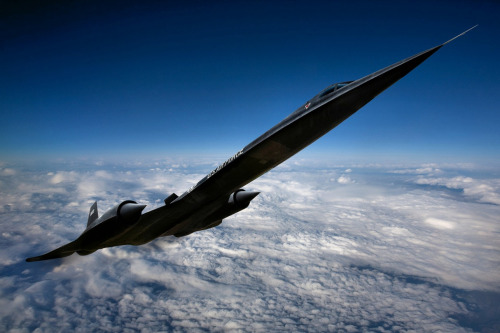By 2011, with Libya already decimated by
NATO-backed extremists, the US State Department was busy transferring
weapons and terrorists
from Benghazi and Eastern Europe to Turkey where they would be staged, armed, trained, and sent in to invade Syria.
As the Syrian government confounded the
US’ proxy war, at various stages attempts were made for a more direct
intervention – again, just like in Libya. However,
attempts to create a “safe zone”
in northern Syria or otherwise carry out strikes on the Syrian military
itself were blocked by both the realities on the ground and the support
of Syria’s allies – Russia, China, and Iran.
When Russia entered the conflict, the
calculus changed dramatically. The prospects of direct intervention by
the West against the Syrian government all but dimmed entirely, and what
was exposed as a feigned US “fight” with the self-proclaimed “Islamic
State” (ISIS) gave way to a very real Russian-led war on the terrorist
group and its affiliates across the country, in coordination with Syrian
troops on the ground.
Quickly
the true source of ISIS’ fighting capacity – supply lines stretching
out of
NATO-member Turkey’s territory, long protected by
NATO itself
since the conflict began – came under threat. Russian warplanes are now
flying sorties directly along the border,
decimating ISIS-bound convoys long
before delivering their supplies, weapons, and fresh fighters. Syrian
troops have likewise made significant gains near borders they once were
deterred from approaching because of
NATO treachery.
The endgame is soon approaching, and to
prevent this, the US and its regional allies have begun a series of
provocations meant to tip toe the West into deeper war in the region,
and in particular, against Russia and Syria.







